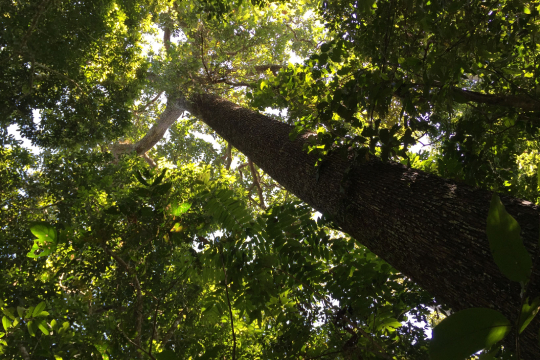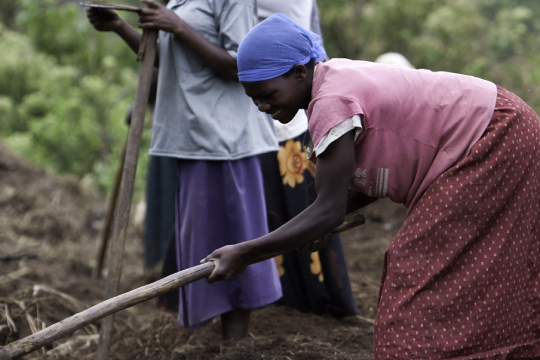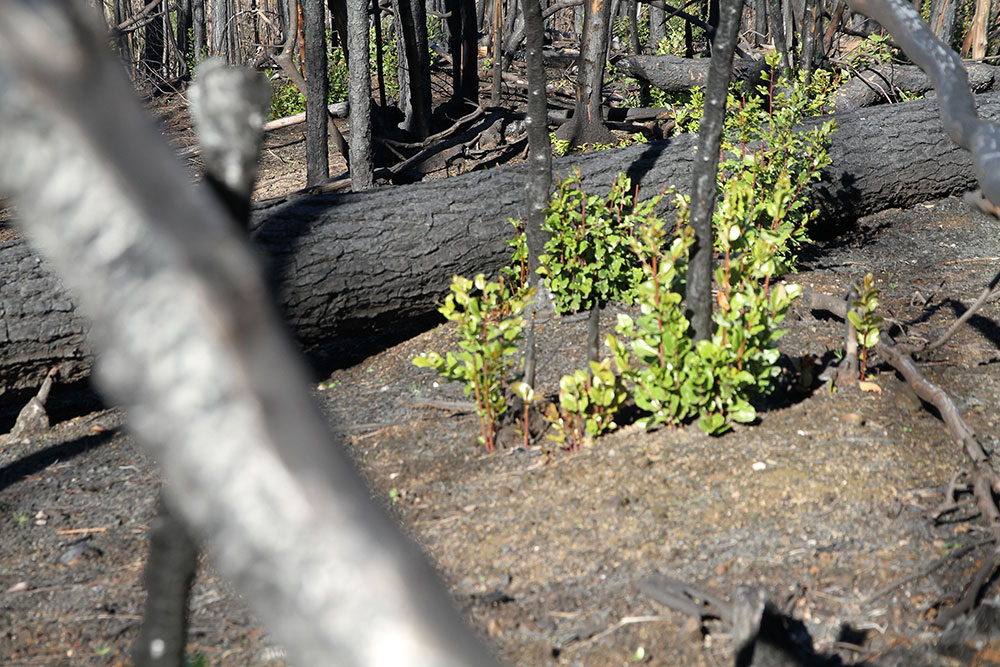One of NGP’s four principles is that plantations should “be developed through effective stakeholder involvement processes”. Developing partnerships and working with local communities is key to this.
On a previous study tour to Brazil, we learnt how Fibria resolved a major timber theft problem by investing in community relationships and community-led projects. It’s important for any company or organisation to take the time to understand the complexity of different communities and peoples.
In Acre, for example, it’s not enough simply to categorise communities as indigenous or settlers. Earlier in the week, Anna Lousia, who works with a local NGO representing indigenous groups in the Amazon basin, explained that there are 14 distinct indigenous peoples in Acre, including four who live in voluntary isolation near the remote Peruvian border. Each of these peoples has different cultures, tradition and aspirations.
A settler is also too broad a term: the “Seringueiros” who were encouraged to move to Acre during World War Two to harvest wild rubber are hugely different from the rubber farmers, and particularly the cattle ranchers who threatened their existence during the 1980s. And, of course, there are often differences of opinion within all of these groups.
The bottom line is that if you launch any policy, programme or project that affects people’s lives without taking the trouble to understand and engage with them, you’ll have problems.
There’s justified criticism that programmes such as REDD+ and large-scale plantations projects have sometimes been imposed on local communities and, especially, indigenous peoples. Even when the intentions are good, they may not have the capacity to engage in complex, time-bound consultation processes. And communities who have traditionally been ignored or marginalised can be particularly difficult to engage, precisely because they have been ignored in the past, and need to be convinced that things have really changed. In Chile, a Mapuche tribal elder told me that “the forest companies have been here for 70 years, but they have only just noticed that they have neighbours”.
The best place to start is through open dialogue and really listening – and NGP provides a space for that. It’s a place where Skip, who works for one of the biggest paper tissue companies in the world, can chat with Poá of the Katukina people on the same tour bus. Where people from local and international NGOs and corporations can have conversations with rubber tappers, conservationists, indigenous peoples, cattle ranchers and fish farmers.
For real social partnerships to develop, we need to move beyond pre-conceived conceptions of what people or organisations want, and actually learn to listen. That builds understanding, empathy, and the chance to co-create solutions. Only then will we be able to move forwards.





















